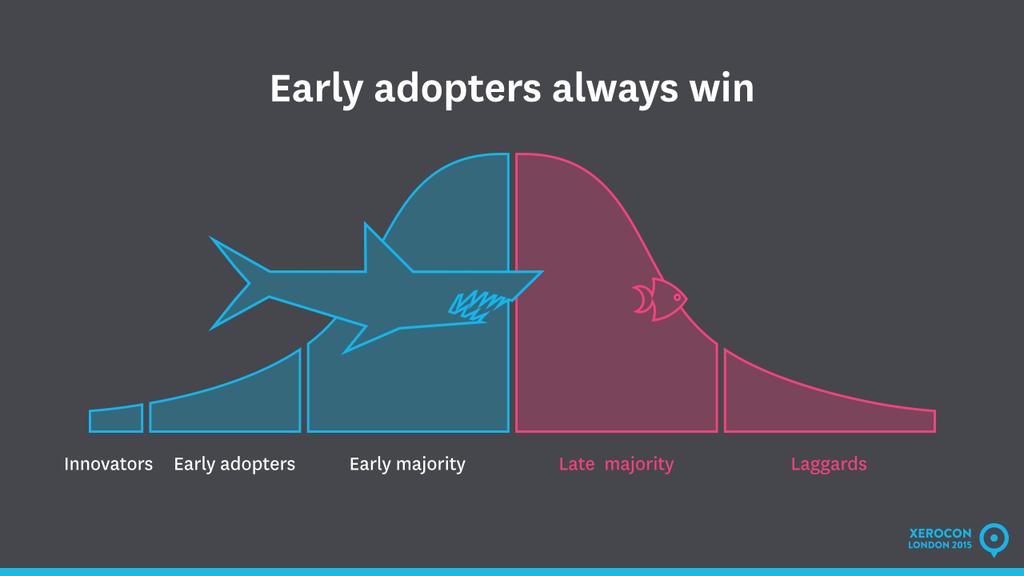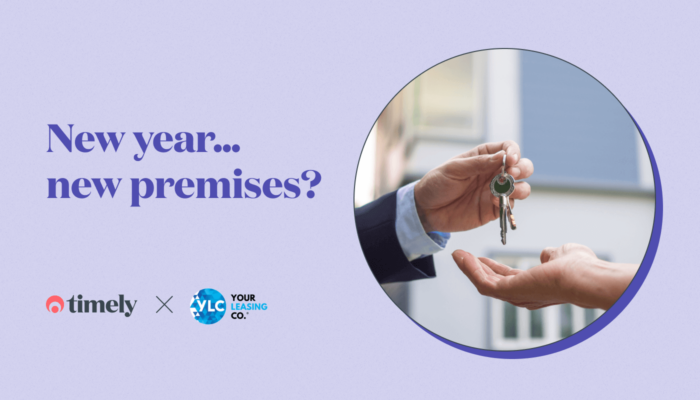Online Profile Building: What You Need to Know
How many times have you heard of people being referred to as an internet personality? That could be you!

The internet has given individuals and businesses a way to communicate their brand personalities to their fans in ways that weren’t possible 15 years ago. This can add value to your business and influence the buying decision by making people feel like they know you, or they know your brand. Here’s what you need to know about building your online profile.
With so many different tools available to you, having an internet personality is easier than ever. In this article, we’re going to go over those tools and look at how they tie together to create a unified voice that is your online profile.
Tools for building your online profile
Every few months, a new niche tool launches that promises to fill a need for you that you never knew you had. This is not an article about those tools, but rather about the basics you need to get started online. Having said that, don’t be afraid to experiment with things outside of this list. It’s the early adopters who see opportunities that have made these popular.

It is not necessary to use all of these tools in your digital marketing. Pick a few that you are confident with, and be consistent on those platforms.
1. Website
Your website is the hub of your online profile. It’s the destination that ties everything together and links to all the different parts of your digital presence, like your Facebook page, Instagram, Twitter, Snapchat, Tumblr, Pinterest, and even Bebo account! It’s the one place where you can tell people to go to get a snapshot of your business, and for this reason it will require the most upfront investment. First impressions are important.
Your website also should be the first thing people see when they’re searching for you on the internet. Keep this in mind when you’re designing your website or landing pages as it’s too easy to assume that people already know who you are and what you do.
2. Facebook
As the most used social network in the world, Facebook is good for reaching everyone. People expect businesses to have a Facebook page, and it’s arguably just as important as a website.
Most brands keep their mood casual and generic on Facebook, since their posts will be seen from anyone from 13 year old tweens to 70 year old grandparents. Facebook can also be used to ask your fans to follow your more targeted social networks. Many young Facebookers will have Instagram and Snapchat accounts, while older professionals might have a Twitter, LinkedIn, or Pinterest account.
You can learn how to run a Facebook campaign here or how to read your Facebook Insights here.
3. Instagram
Instagram is one of the best social networks for most of your businesses. It has one of the highest engagement rates in the social world, and it taps into the elusive young and affluent demographic. Much of the Instagram crowd is concerned with beauty, luxury, and personal care, which makes it an ideal audience for many booking-based businesses who offer these services.
Use Instagram to post exclusive images that resonate with this audience. Your Instagram content can be posted to other networks too, like Twitter and Facebook, but make sure it originates on Instagram.
Learn how to get started with Instagram here.
4. Twitter
Few small businesses are on Twitter, so if you can establish a good presence there, you’re already 3 steps ahead of the competition.
Twitter is good for engaging with customers. Once you get set up and tweeting, you’ll find that there is a very active Twitter community, and they like to have conversations. If your idea of engagement is going through your business’s feed and favoriting tweets, you’re not going to be very popular. Take time to talk to the people that follow you, and they’ll be more likely to retweet you when you have offers. You can expect to call in some Twitter favours every once in a while!
5. Snapchat
This is a vital social network to use if you want to promote your brand to the “cool kids” of the internet. You can post the same type of content that you would on Instagram, but do more of it, as your images and videos will only last for 24 hours on Snapchat’s story feed.
Posting a behind-the-scenes view of your businesses on Snapchat will do well with younger audiences, especially if it’s exclusive to Snapchat and they feel like you’re posting it especially for them. If they’re following you, they want to see the work you’re doing and what you do for fun, without feeling like their mother has access to the same content.
Learn how to promote your business with Snapchat.

Online Profile Summary
While it’s great to cultivate an online audience that engages with you, you need to be constantly adding new people to that inner circle for your business to grow.
Optimising your website for search engines is the first place to start. It’ll ensure that people find the hub of your business, and from here they’ll be able to find the other pieces to your online profile. Once you’ve done that, you can begin looking at online advertising to increase your social media fan base.
Being online requires long-term effort on your part, so make sure you’re prepared to be consistent with your marketing. Most small businesses go through a phase of experimentation online where they see what works with their audiences, so this is to be expected. It’s all about telling the same story to different people in different ways, and with enough time, your fans will get to know you and will become loyal to your brand.
Good luck!


